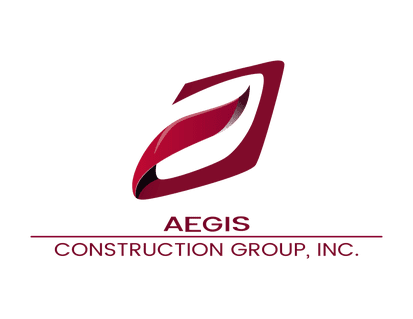Property Inspection
Before starting the insurance claims process, it is important to have your property inspected for any storm damage. Storm damage is any damage caused to a property as a result of high winds, hail, and debris (e.g., branches), which can alter the exterior appearance or functionality of a home. The degree of damage is determined by the condition of the roof, siding, gutters after a storm. Factors considered when assessing the damage include the number and size of dented, broken, and missing shingles or siding, a gutters’ inability to drain properly, and damages that have progressed to the interior of the home (e.g. leaks). Sometimes, homeowners believe they have not been affected by storm damage, but these signs are not always obvious. To be safe and avoid accumulation of damage, mold, and moisture, call an expert on our team for a free inspection after any significant storm.

